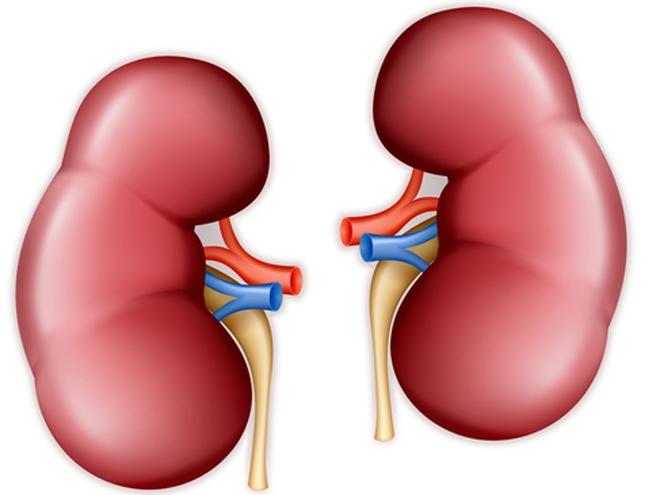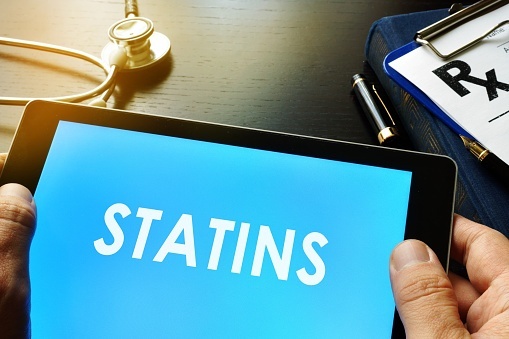
In patients with acute kidney injury (AKI) requiring dialysis (AKI-D), the rate of adverse outcomes is high. There are few data available on modifiable factors that promote recovery of kidney function.
Five CTSA (Clinical and Translational Science Alliance) universities (University of Arkansas for Medical Science [UAMS], University of Alabama at Birmingham [UAB], University of Kentucky [UKY], Medical University of South Carolina [MUSC], and Emory) formed a consortium to identify modifiable risk factors for kidney recovery in patients with AKI-D. A retrospective analysis was conducted to compare outcomes of patients with AKI-D with those of patients who initiated treatment with intermittent hemodialysis.
The researchers, led by John M. Arthur, MD, PhD, provided results from the analysis during a virtual poster session at ASN Kidney Week 2020 in a poster titled CRRT Is Associated with Improved Recovery from Dialysis-Requiring AKI in a Multicenter Retrospective Analysis.
All patients who received dialysis while in the hospital were selected; patients with a diagnosis related to end-stage kidney disease, kidney transplantation, or chronic kidney disease stage 5 at the time of the initial renal replacement therapy (RRT) were excluded. Data on modality of dialysis, comorbidities, and outcomes were included in the analysis.
The total number of patients in the four available cohorts (UAMS, UAB, MUSC, and UKY) was 4537. Outcomes were identified at the time of hospital discharge. The primary outcomes of interest were death (n=1160, 25.6%) or alive and dialysis-free at discharge (n=1187, 26.2%). Dialysis dependence was defined as receiving dialysis within the last 4 days of hospitalization. The analysis was adjusted for sepsis, age, race, sex, quick Sequential Organ Failure Assessment score, mechanical ventilation, and levels of serum bicarbonate and serum potassium at the time of dialysis initiation. Hospital cohorts were analyzed separately.
The risk of death was higher in patients initiated on continuous RRT (CRRT) compared with patients initiated on intermittent hemodialysis. The odds ratios (ORs) and 95% confidence intervals (CIs) for death were: UAMS, 2.8; 1.9-4.2; UAB, 3.2, 2.1-4.9; MUSC, 3.7, 2.6-5.3; and UKY, 3.1, 2.3-4.2.
Of the patients who survived to discharge, those initiated on CRRT generally had a lower risk of being dialysis dependent at discharge. The ORs and 95% CIs for renal recovery were: UAMS, 0.1, 0.04-0.2; UAB, 0.3; 0.1-0.5; MUSC, 0.3, 0.2-0.5; and UKY, 0.8, 0.5-1.2.
In conclusion, the researchers said, “The odds of kidney recovery were significantly better for patients started on CRRT in three of the four cohorts examined in this study and trended toward favoring CRRT in the fourth. This has important implications for the care of patients with AKI in the intensive care unit. We believe the increased mortality in the CRRT group reflects the sicker nature of patients in that group and is not inherent to CRRT as an initial dialysis modality.”
Read more here: https://www.asn-online.org/education/kidneyweek/2020/program-abstract.aspx?controlId=3446105
Source: Arthur JM, Neyra J, Gokun Y, et al. CRRT is associated with improved kidney recovery from dialysis-requiring AKI in a multicenter retrospective analysis. Abstract of a poster presented at the American Society of Nephrology virtual Kidney Week 2020 (PO0010), October 22, 2020.





 © 2025 Mashup Media, LLC, a Formedics Property. All Rights Reserved.
© 2025 Mashup Media, LLC, a Formedics Property. All Rights Reserved.